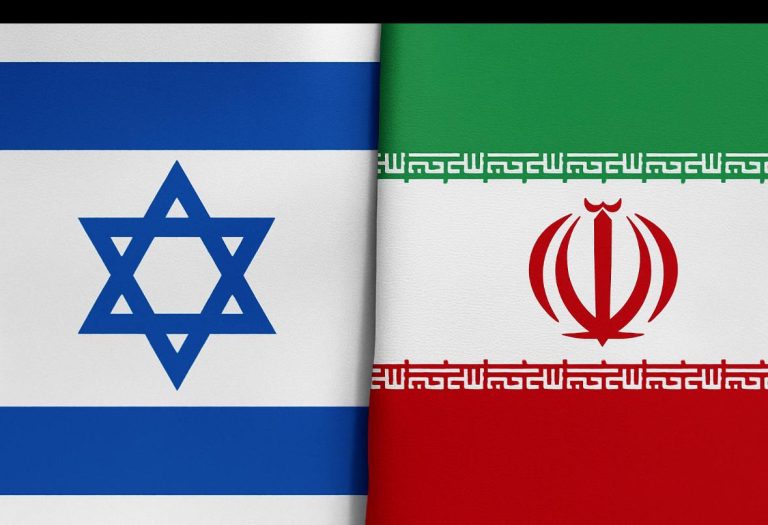As tensions flare between Israel and Iran, the world watches anxiously, not in hope of victory, but in fear of devastation. With each new airstrike, proxy attack, or diplomatic standoff, the question arises: who would actually win a war between these two regional powers? The sobering answer may be no one.
Israel boasts one of the most technologically advanced militaries in the world. Its aerial and missile defense systems, especially the Iron Dome and David’s Sling, are widely regarded as cutting edge. Israel’s cyber warfare capabilities and an alleged nuclear arsenal though never officially acknowledged add a layer of strategic ambiguity that many analysts consider a deterrent.
On the other side, Iran possesses sheer scale and reach. While not as advanced militarily, its strength lies in numbers and influence. Tehran has built a vast network of proxy forces across the Middle East: Hezbollah in Lebanon, militias in Iraq and Syria, and the Houthis in Yemen. This allows Iran to project power beyond its borders and wage asymmetric warfare that could grind down even a superior foe.
Global alliances are also crucial. Israel enjoys unwavering support from the United States, which provides military aid, intelligence, and diplomatic cover. The European Union, while more cautious, generally leans toward Israel’s right to defend itself.
Iran, meanwhile, maintains strategic partnerships with Russia and China, though neither is likely to intervene directly. More importantly, Iran has influence on the ground its proxies can open multiple battlefronts, turning a two-country war into a regional inferno.
Despite their differences, both nations face devastating consequences if conflict erupts on a wider scale. Urban centers in Israel could be targeted with missile barrages, testing even the most advanced defenses. Iranian infrastructure, including oil facilities and military sites, would face precision airstrikes. But perhaps more alarming is the spillover: regional destabilization, a surge in oil prices, and a new wave of displacement and humanitarian crises.
Global markets have already reacted. Fuel prices are rising, supply chains are tightening, and the risk of maritime disruption in the Strait of Hormuz through which 20% of the world’s oil passes looms large.
While Israel could dominate in airpower and precision strikes, Iran’s strength in long-term, low-intensity warfare through its proxies would drag the conflict out painfully. And in this scenario, the biggest casualties won’t be measured in military terms, but in civilian lives lost, cities destroyed, and a region pushed further into chaos.
At best, both nations might survive. But victory? That may be an illusion neither can afford to chase.

